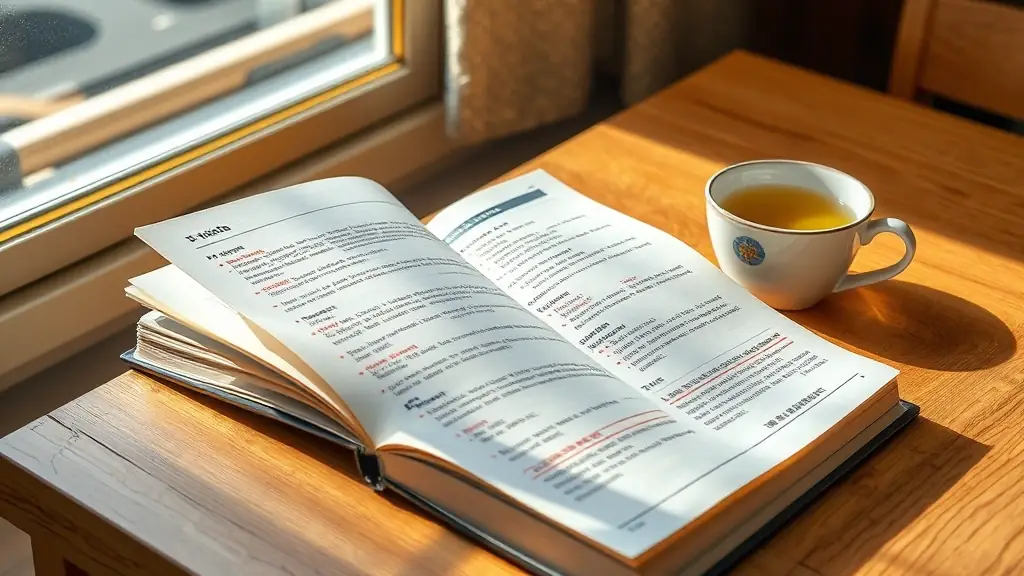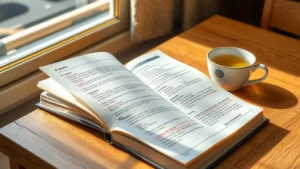Japanese grammar, while seemingly complex, can be broken down into manageable components. Understanding basic sentence structures is crucial for effective communication. This guide will help you navigate the nuances of Japanese grammar, laying a solid foundation for your learning journey. Learning Japanese grammar is a rewarding process that unlocks a deeper understanding of the language. One key aspect of Japanese grammar is the use of particles. These small words, often attached to nouns, verbs, and adjectives, indicate grammatical function. Understanding particle usage is essential for constructing grammatically correct sentences. Particles play a vital role in conveying meaning and context in Japanese sentences. Mastering particles is a significant step towards fluency. Another important element is the concept of politeness levels. Japanese has different levels of formality, which are reflected in verb conjugations and sentence structures. Understanding these levels is crucial for navigating social situations and communicating appropriately. Politeness levels are an integral part of Japanese culture and communication. By understanding these levels, you can avoid misunderstandings and communicate effectively in various social contexts.
Những Cụm Từ Tiếng Nhật Thiết Yếu cho Cuộc Hội Thoại Hàng Ngày
Bài viết này cung cấp một bộ sưu tập các cụm từ tiếng Nhật thiết




